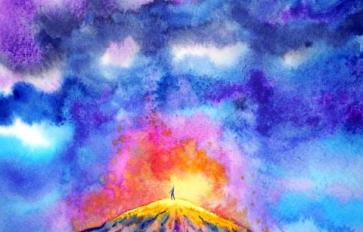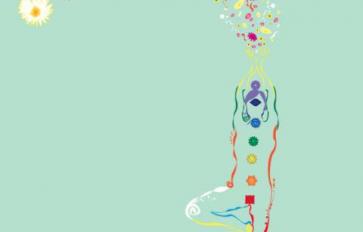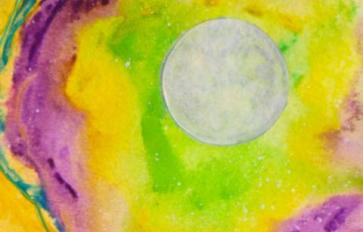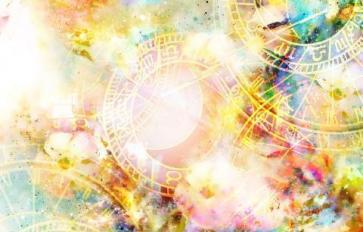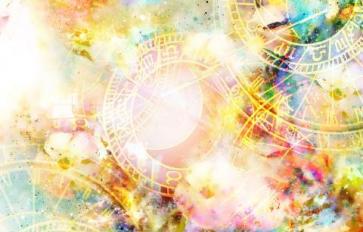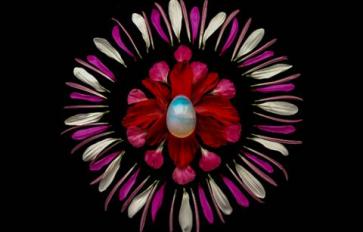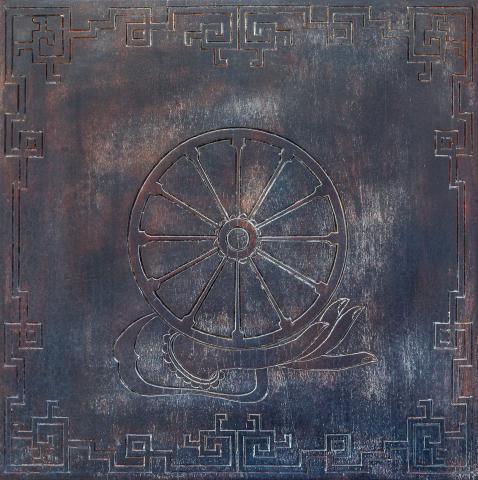
For what are we living? What is the purpose of life? How does one live out life goals?
These are all tremendous, daunting questions. Generally, it’s easier to avoid broaching them and entering deep philosophical discussion. Hinduism, however, offers perspectives to consider beginning to think about these grand, existential questions. In the Hindu religion, purusartha defines the goal of human existence.
The Sanskrit word “purusartha” is composed of two parts: “purusha” meaning person, and “artha” meaning pursuit. Literally translated, “purusartha” means personal or human pursuit. In a broader sense, the term refers to the goal of human existence, the soul’s purpose, or the ultimate quest of life.
The concept of purusartha is composed of four main parts that cooperate in fluidity with one another. Not one of these four ideal aims a person should have in life may exist in solidarity without the complement of the others. The four ideal aims or purusarthas function as a type of “checks and balances” system to encourage optimal fulfillment. These four aims are closely related to the yogic concept of brahmacharya—one of the five niyamas understood as the practice of behaviors that lead to Brahman, the Divine. Traditionally speaking, behaviors of celibacy reflected one’s adherence to brahmacharya. In the context of purusartha, behaviors (like celibacy) that reflect self-control allow one to reach the Divine through fulfillment and subsequent transcendence of desires that can otherwise spin out of control.
The four ideal aims that define purusartha are always working in conjunction with one another, and are as follows, by order of least to most spiritual significance:
Artha: [Economic] Prosperity
Meaning “wealth” or “property,” “artha” also translates to “purpose,” “goal,” or “essence”
Artha ensures dignity in one’s life balance, promoting satisfaction and supporting one in accomplishing one’s purpose in life. Financial and material satisfactions allow one to pursue moksha (spiritual enlightenment) and prevent excessive struggle, anarchy and chaos preventing one from pursuing moksha. Artha is kept in check by dharma (moral obligation and righteousness), meaning that when prosperity is pursued in an ethical, dharmic manner, seeking artha is not looked down upon. Instead, the appropriate amount of artha—which is different for everyone—supports one in moving beyond daily worries to focus on union with Divine. Since abundance and prosperity are qualities of the Divine, seeking and possessing such qualities is therefore in accordance with the Divine. Artha, therefore, supports one in drawing closer to the Divine in this way—the caveat being that it is essential to remain unattached to prosperity as it comes. Beware of artha becoming too closely connected with kama (desire). Artha is a stepping stone rather than a cornerstone in becoming the Supreme Self.
Artha in balance: Rejoicing in foundational necessities of life such as shelter, food, and knowledge (a college degree), time or space (clean air or land to cultivate), allowing one to pursue the other three purusarthas.
Unstable Artha: Reaching for accessories (a fourth house) that neither serve nor benefit one in pursuing the other three purusarthas, but rather gets in the way of making time for pleasures, moral obligations, or spiritual freedom.
Kama: Love, Pleasure; Emotional Fulfillment
Meaning “desire” or “pleasure experienced by the senses in harmony with the mind and soul”
Kama offers enjoyment of and love for life, accounting for wishes, desires, and pleasures to the senses in broad concept. Though most are familiar with the “kama sutra” (Sanskrit text on desire), “kama” in this context is not exclusive to matters of sexuality and sexual pleasure/desire. Kama is most effective in aiding one to achieve the Supreme Self when it supports and is supported by dharma, which in turn draws one nearer to moksha. Like each of the four aims of life, kama contributes to a balanced life, as long as it does not become an excessive obsession. This means that kama should be fulfilled to support movement through and then away from desires that could lead to overindulgence and greed. If kama is not fulfilled with mindfulness, and rather suppressed, this can cause damage to accessing the Supreme Self. Addressing kama without judgment supports one in sublimating and transcending desires to access the other three purusarthas. One must give and receive kama in accordance with dharma, and also create and appreciate kama to pursue moksha.
Kama in balance: Being fully present while experiencing delights (the laugh of a child or a gift), compassion (a humble gesture), sensuality (massage or appreciating the body through sex), and the aesthetic (a beautiful tree or the face of a loved one) to better understand what fuels passion for and in life.
Unstable Kama: Overindulgence, greed, addiction, sloth, or excessive focus on desires (a person, item, or sensation) or pleasures (a taste or activity) at the expense of dharma.
Dharma: Moral Obligation; Righteousness
Meaning many things in Buddhist and Hindu teachings, “dharma” refers to not only social and more ethics, but to what is right, steadfast, true, and virtuous in nature
Dharma is essentially a right way of living involving duty and service to others, rights, religion, and appropriate moral behaviors. Dharma is a central focus in spiritual teachings, as it signifies one’s thoughts, perceptions, and experiences in this life—one’s righteous and moral purpose of being. Following dharma is different for each person, meaning that everyone has a particular role that is right according to the eternal law of the universe, in this world organized of chaos. Living out one’s dharma means to act in accordance with and acceptance of the law governing the universe to come into one’s Supreme Self. Discovering one’s dharma is the revelation of the path to enlightenment, or to moksha. Dharma (as individuals live in harmony with one another and oneself) is the natural law that upholds the world and keeps the universe in balance. Dharma is a series of conscious choices for living beings, and also present in inanimate objects.
Dharma in balance: Accepting an event (a death or surprising good news) or feeling (loneliness or joy) and turning into the space—the dharmic path—offered by this opportunity.
Unstable Dharma Holding tightly to one’s vision of how things (a job, a day, a future plan) should go, failing to understand that our fixed reality is NOT.
Moksha: Spiritual Liberation
Meaning “to free, loosen, or liberate,” the root word “muc” also means “deliverance” or “to yield enjoyment”
Moksha is ultimate goal in the context of purusartha. Moksha offers feelings of peace and oneness with Divine as a place of freedom and bliss. Much like the Buddhist concept of nirvana, moksha shares the same general qualities—transcendence of suffering, desire, sense of self—except that Hindus believe that moksha is a state that precedes nirvana.
Moksha is a place of self-acceptance and oneness with universe, realization of the self and union of the cosmos within oneself to reveal the Supreme Self. It offers a place of freedom from the karmic cycle and the cycle of life and death as it is limited by a worldly existence. Some may practice jnana, bhakti, karma, or raja yoga to achieve moksha.
In short, one will play with the balance of artha, kama, dharma and moksha purusarthas throughout the course of life according to where energies are focused. Each action coincides with the purusarthas with one generally more prominent than the others, but ideally kept in balance together. By exploration of the four purusarthas one may begin to discover the answers to grand questions pondering life purpose and finding harmony



